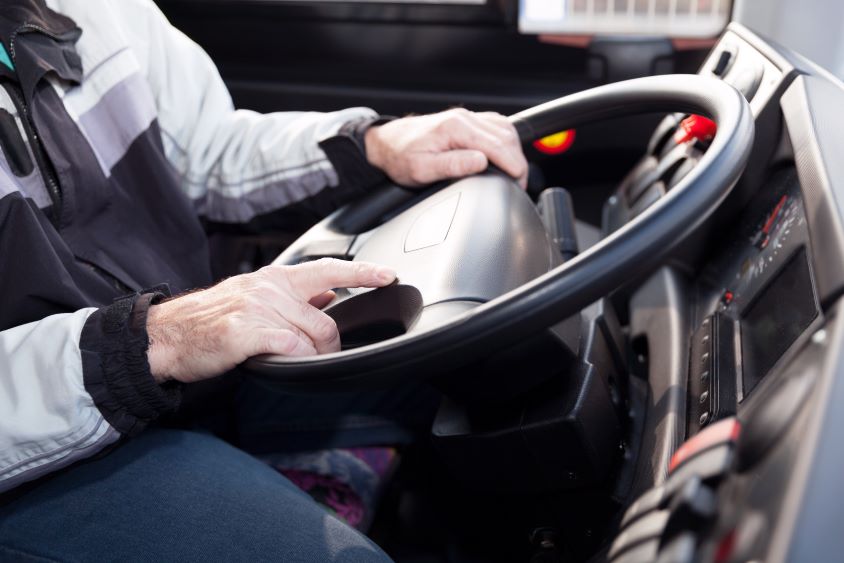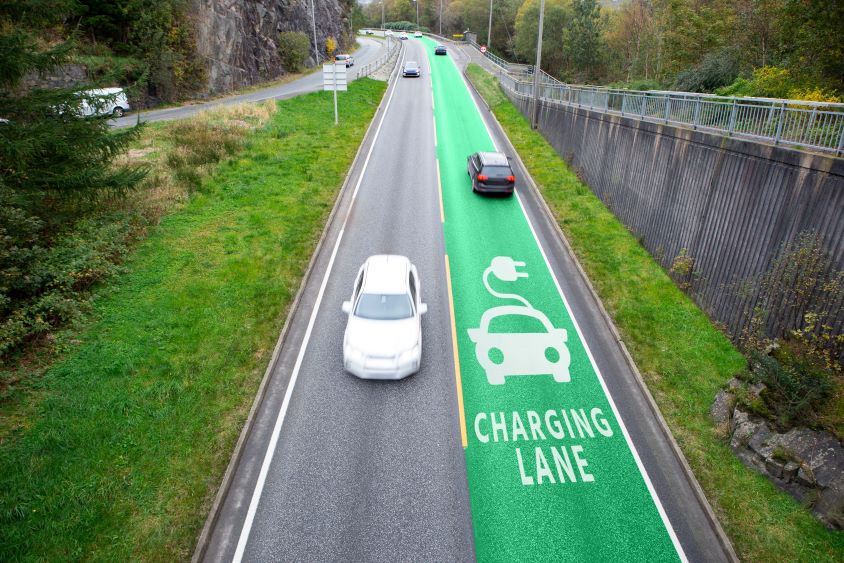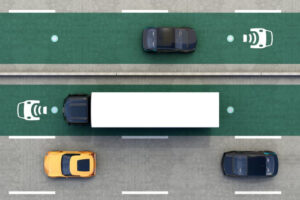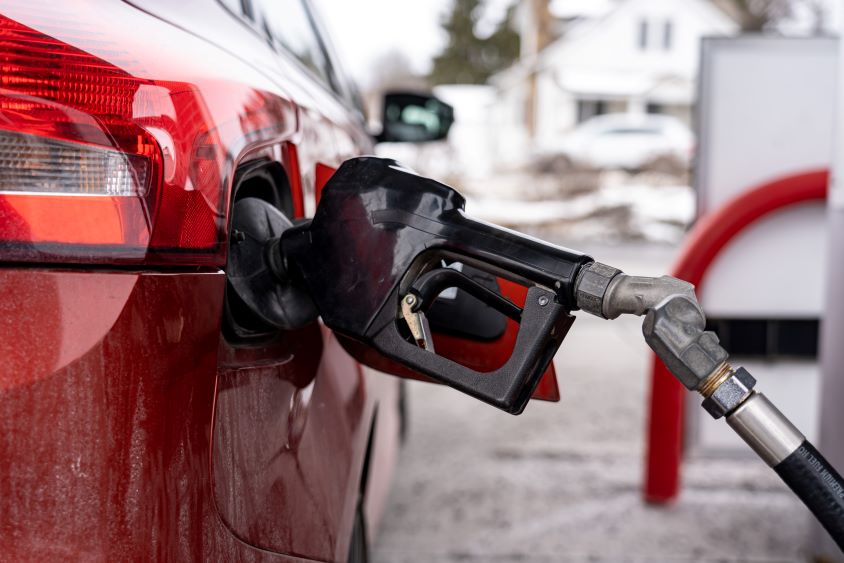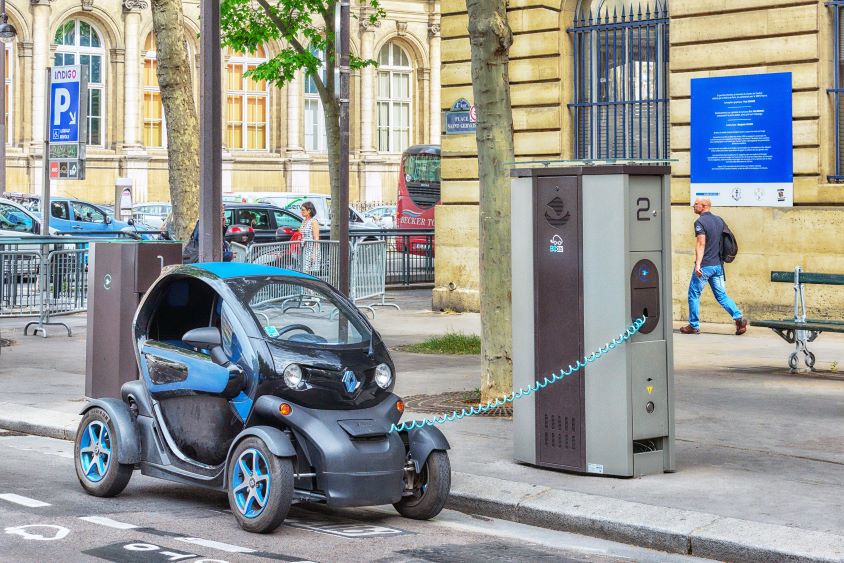Countries around the globe have been hit by heatwaves throughout the last few summers, and the UK is no exception. Contrary to the typically grey, overcast weather that we brits love to complain about, temperatures reached around 40 degrees during heated spells last year for the first time ever.
Did you know, though, that driving in a heatwave can be incredibly dangerous? That’s why we’ve compiled our top tips to help raise awareness around the dangers of driving in a hot car, while also aiming to teach drivers how to cool their vehicles down.
Driving in extreme heat
Just before we jump into our tips, though, why is driving in extreme heat an issue? Well, research conducted by the car manufacturer SEAT found that driving in 35 degree heat could reduce a driver’s reaction time by 20% when compared to driving in 25 degree heat. That’s a pretty significant amount, and we all know that slower reaction times lead to more accidents, and potentially even fatalities, on UK roads.
So, let’s look at how to keep your car at a comfortable and safe temperature, without wasting too much time messing about!
Our hot weather driving safety tips
We’re sure you have your own tips and tricks that have been passed on to you, but here are our hot takes.
1. Don’t set off straight away
During spells of hot weather, your car’s internal temperature is likely to raise quickly while it’s stationary. So, hopping straight into the vehicle and setting off in a hurry could leave you feeling disoriented or light-headed.
Consequently, we’d recommend leaving your doors or windows open for around 30 seconds to a minute before turning your aircon on. It’ll also mean your aircon has to do less work to cool the car down initially, which is a smart approach both in terms of economy and eco-friendliness.
It might also be worth wafting your car doors if you’re trying to cool the car down quickly. This actually works, and can drop the temperature by a few degrees with less than a minute’s wafting.
2. Use the optimal aircon settings
We estimate that the ideal car, van, or lorry temperature you should be aiming for when driving is around 21 degrees, so try and hover around that number while using your aircon.
It could also be wise to use the ‘auto’ setting on your aircon. When activated, your car will maintain the temperature you’ve set it to, by sending the vehicle’s compressor (which cools and heats the air), and the fan, into a repeating cycle.
3. Know how to keep cool in a car without aircon
Not all cars are privileged enough to have access to an effective aircon system. What, then, should you do if you’re driving without aircon on a hot summer’s day?
Firstly, wear breathable clothes. Loose fitting clothing is essential to your driving wardrobe. If needed, you can always bring a change of clothes for when you reach your destination.
One key note though is to avoid wearing dangerous footwear that you think will help combat the heat, but could actually imperil other road users. Flip flops are a no-go.
It’s also wise to stay hydrated on your travels – which will help you maintain homeostasis and keep your concentration, even in tough conditions. This is, in fact, a good general driving tip regardless of the heat – but it becomes particularly poignant when you consider that you could become drowsy while driving along during a hot, long summer day.
4. Buy a car that’s equipped to handle hot weather
Price, style, and fuel-efficiency shouldn’t be the only factors influencing your purchasing decision when buying a new car. Think of safety, too. If you’re going to be frequently facing hot weather, you could look for:
- Interior materials that are heat-resistant (for example, leather can crack more quickly if over-exposed to heat).
- An interior that’s adequately spacious.
- Lighter coloured paints, which typically absorb less heat.
5. Learn how to keep a parked car cool
It’s also worth thinking about what happens to your car while you leave it unattended. Whether you’re working and have to leave your car parked to attend meetings, or perhaps you’re out enjoying the sun, the car you left behind in the carpark is subject to the elements.
To avoid having it overheat, you could think about parking under a tree or in a shaded area; minimising its exposure to the sun as much as possible. This may seem silly, but remember that the sun does move throughout the day – so plan ahead by a few hours where possible.
7. Consider tyre pressure
Tyre blowouts are a real threat in extreme heat. When tyre pressures are too low, hot external temperatures can cause the air within your tyre to expand as it heats, which may result in the tyre literally popping while you’re driving along.
We can’t understate how dangerous this is to road users. And, to push the tyre pressure cause even further, there are advantages you could get access to by paying proper attention to your tyre pressure. For example, by adequately pumping up your tyres to a healthy level, you could actually save money on fuel by reducing the amount of power required to move your (now smoothly rolling) tyres along the road.
We hope you found our tips for driving in a heatwave useful, and we wish you safe and comfortable journeys even in the hottest weather the UK can muster.
How can Fuel Card Services help?
Well, we can’t control the weather. But we can ensure that drivers operating a commercial fleet, whether that’s a taxi business or a fleet of delivery lorries, have the safety of their vehicles properly cared for.
Our range of fleet services can help you and your drivers with everything from advanced telematics to accurately reporting mileage claims, while our MyService.Expert service can support you with cost-effective vehicle maintenance and repair.



